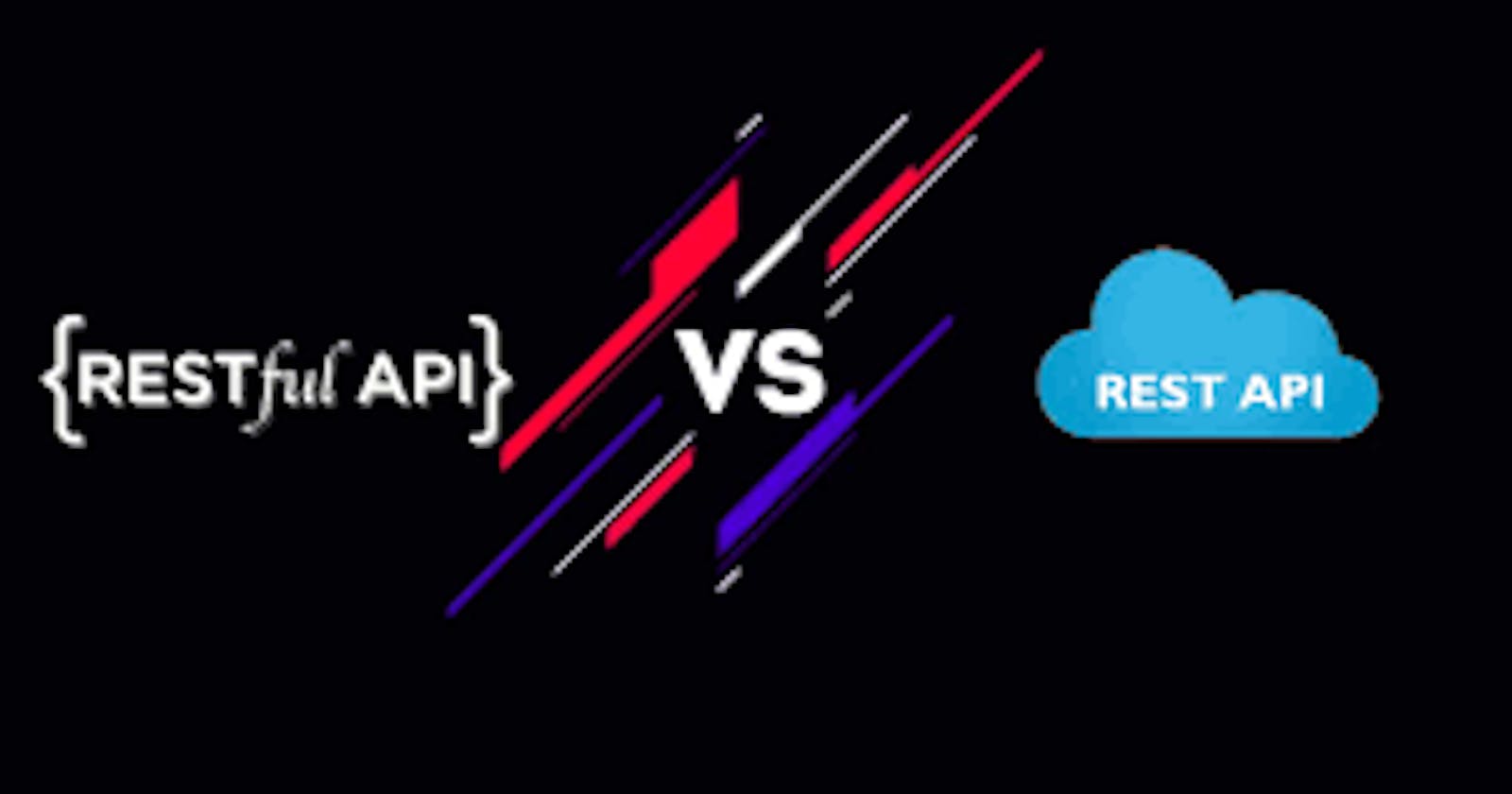The short answer is that REST stands for Representational State Transfer. It’s an architectural pattern for creating web services. A RESTful service is one that implements that pattern.
REST’s Architectural Constraints
Client-server – REST applications have a server that manages application data and state. The server communicates with a client that handles the user interactions. A clear separation of concerns divides the two components. This means you can update and improve them in independent tracks.
Stateless – servers don’t maintain any client state. Clients manage their application state. Their requests to servers contain all the information required to process them.
Cacheable – servers must mark their responses as cacheable or not. So, infrastructures and clients can cache them when possible to improve performance. They can dispose of non-cacheable Information, so no client uses stale data.
Uniform interface – this constraint is REST’s most well known feature or rule, depending on who you ask. Fielding says “The central feature that distinguishes the REST architectural style from other network-based styles is its emphasis on a uniform interface between components.” REST services provide data as resources, with a consistent namespace. We’ll cover this in detail below.
Layered system – components in the system cannot “see” beyond their layer. So, you can easily add load-balancers and proxies to improve security or performance.
A RESTful service is more than a web server that exchanges JSON, or any other, documents. These constraints work together to create a very specific type of application.

